Global Resistances ( Global Social Movements and NGOs )
Global Resistances: Global Social Movements and NGOs
Global resistances refer to collective efforts by individuals, groups, and organizations worldwide to challenge or resist social, political, economic, and environmental injustices. These movements often transcend national boundaries and are driven by shared goals of promoting human rights, social justice, equality, and environmental sustainability.
Global resistances often take the form of global social movements and non-governmental organizations (NGOs) that work to address various issues such as poverty, climate change, gender inequality, racial injustice, and corporate exploitation. They play a critical role in advocating for change, influencing public policy, raising awareness, and mobilizing people across the world.
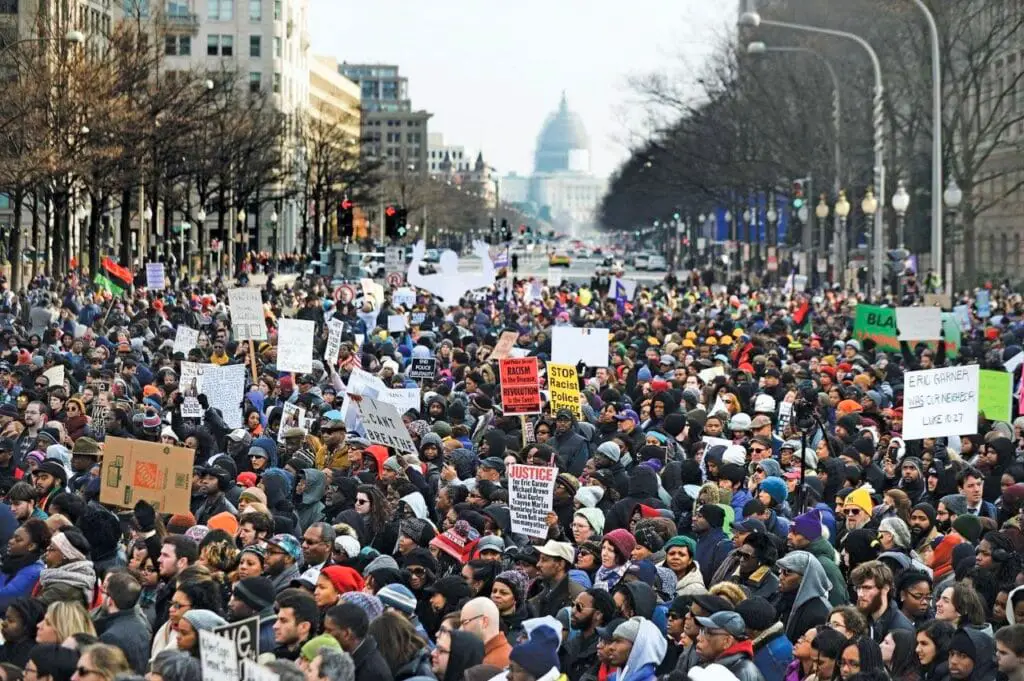
1. Global Social Movements:
Global social movements are large-scale, organized efforts by individuals and groups that seek to bring about social, political, or economic change on a global scale. These movements often arise in response to systemic inequalities, abuses of power, and environmental crises. They typically leverage the power of grassroots organizing, social media, protests, and transnational networks to raise awareness and pressure governments, corporations, and international bodies for change.
Key Characteristics of Global Social Movements:
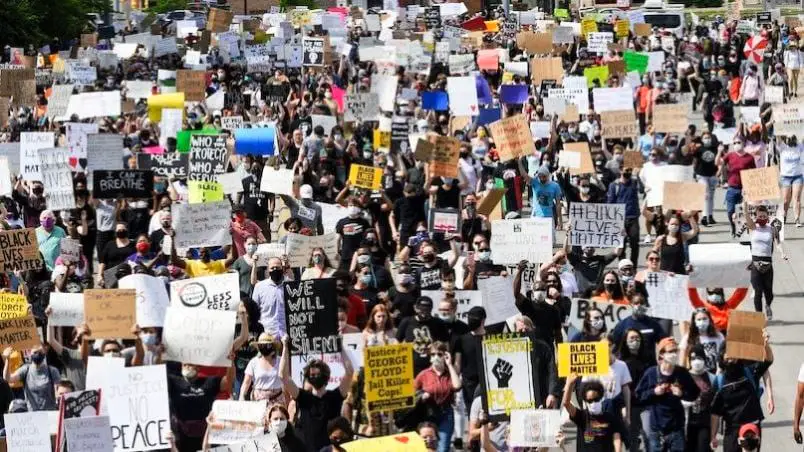
- Transnational Focus:
- Global social movements operate across multiple countries and regions, uniting people from diverse backgrounds to work toward a common goal.
- Example: The anti-globalization movement, which opposes the negative impacts of corporate-driven globalization.
- Collective Action:
- Social movements rely on collective action, bringing together individuals and groups to organize protests, rallies, campaigns, and other forms of activism to raise awareness and demand change.
- Example: The global climate strikes led by Fridays for Future, where millions of people across the world protested for stronger climate action.
- Grassroots Organization:
- Many global social movements start at the grassroots level, with ordinary people advocating for social justice, environmental protection, or human rights. These movements often grow organically and gain momentum through local initiatives.
- Example: The Black Lives Matter movement, which started in the U.S. and has since spread globally, protesting against racial injustice and police brutality.
- Use of Digital Platforms:
- The rise of the internet and social media has enabled global social movements to mobilize large numbers of people across different countries rapidly. Hashtags, online petitions, and digital campaigns have become central tools for organizing resistance.
- Example: The #MeToo movement, which became a global phenomenon in highlighting sexual harassment and abuse.
- Nonviolent Resistance:
- Many global social movements adopt nonviolent methods of protest, such as peaceful demonstrations, civil disobedience, and boycotts, to challenge injustices and advocate for change.
- Example: The global movement for Palestinian rights, which has organized peaceful protests, cultural boycotts, and divestment campaigns.
Examples of Global Social Movements:
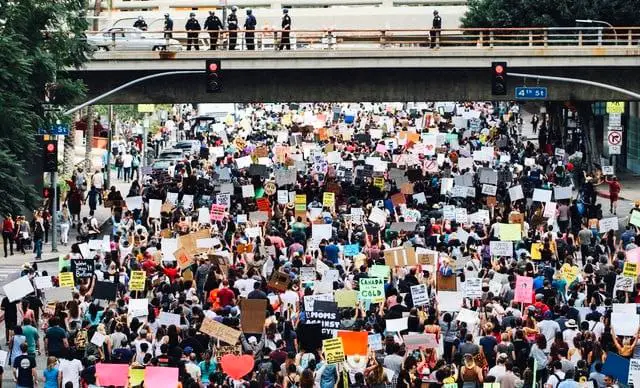
- Climate Justice Movement:
- A movement focused on addressing the disproportionate impact of climate change on vulnerable communities, advocating for environmental sustainability, and pushing for global policies to reduce carbon emissions.
- Key Actors: Fridays for Future, Extinction Rebellion, and the Sunrise Movement.
- Anti-Globalization Movement:
- A movement opposing the negative effects of neoliberal globalization, such as the exploitation of workers, environmental degradation, and the increasing power of multinational corporations.
- Key Actors: World Social Forum, Occupy Wall Street, and labor unions.
- Feminist and Gender Equality Movements:
- Movements advocating for women’s rights, gender equality, and the end of gender-based violence. These movements often address issues such as reproductive rights, wage inequality, and domestic violence.
- Key Actors: #MeToo, International Women’s Day marches, and the Global Alliance for Women’s Rights.
- Human Rights Movements:
- Movements that work to protect and promote human rights across the world, focusing on issues such as freedom of speech, political repression, refugee rights, and racial equality.
- Key Actors: Amnesty International, Human Rights Watch, and the International Campaign for Tibet.
- Indigenous Rights Movement:
- Movements seeking to protect the rights, cultures, and lands of Indigenous peoples who are often marginalized and oppressed by state and corporate interests.
- Key Actors: Idle No More, Indigenous Environmental Network, and the Amazon Watch.
2. Non-Governmental Organizations (NGOs):

Non-governmental organizations (NGOs) are nonprofit organizations that operate independently of government influence, with the primary goal of addressing social, political, or environmental issues. NGOs play a vital role in global resistances by providing resources, expertise, and advocacy to support social movements and communities affected by injustice.
Key Characteristics of NGOs:
- Nonprofit Status:
- NGOs operate on a nonprofit basis, meaning they are not driven by the goal of making a profit but instead focus on social and humanitarian objectives.
- Example: Oxfam, a global organization fighting poverty and inequality.
- Independence from Government:
- NGOs are independent from direct government control, which allows them to operate freely in advocating for policies and actions that may challenge existing political powers.
- Example: Amnesty International’s work on human rights advocacy across the world.
- Global and Local Focus:
- NGOs often operate both at the global level, influencing international policy, and at the local level, working with communities on specific issues such as healthcare, education, or disaster relief.
- Example: Doctors Without Borders (Médecins Sans Frontières) provides medical assistance in conflict zones and areas affected by natural disasters.
- Advocacy and Lobbying:
- NGOs engage in advocacy, influencing public policy, and lobbying governments and international organizations to adopt policies that promote social justice, environmental protection, and human rights.
- Example: Greenpeace, which advocates for environmental conservation and climate action through direct action and lobbying.
- Partnership with Social Movements:
- NGOs often collaborate with global social movements, providing logistical support, funding, and expertise to strengthen grassroots campaigns and achieve shared goals.
- Example: NGO support for the global climate movement by providing research, organizing events, and legal assistance.
Examples of Global NGOs:

- Amnesty International:
- Focuses on human rights advocacy, exposing abuses and lobbying for justice and equality worldwide.
- Key Issues: Political prisoners, freedom of speech, refugee rights.
- Greenpeace:
- A global environmental NGO that advocates for environmental protection, sustainability, and action on climate change.
- Key Issues: Deforestation, renewable energy, pollution, and conservation.
- Doctors Without Borders (Médecins Sans Frontières):
- A humanitarian NGO that provides medical care in conflict zones, disaster-stricken areas, and underserved communities.
- Key Issues: Emergency medical aid, public health crises, and refugee assistance.
- Oxfam:
- An international confederation of NGOs dedicated to fighting global poverty and promoting social justice.
- Key Issues: Hunger, economic inequality, women’s rights, and disaster relief.
- International Rescue Committee (IRC):
- Provides emergency aid and long-term assistance to refugees and people displaced by conflict and disaster.
- Key Issues: Refugee resettlement, education, healthcare, and economic recovery.
Role of Social Movements and NGOs in Global Resistance:
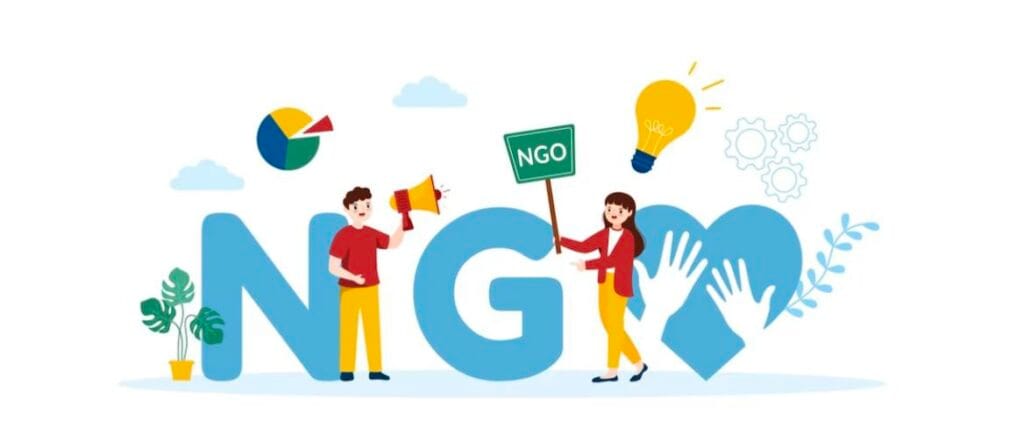
- Raising Awareness:
- Social movements and NGOs play a critical role in raising awareness about global issues, using digital platforms, media, and grassroots organizing to educate the public and garner support.
- Advocating for Policy Change:
- Both movements and NGOs lobby governments, international organizations, and corporations to change policies that contribute to social, environmental, and economic injustices.
- Providing Resources and Support:
- NGOs provide logistical support, funding, and expertise to social movements, helping to organize campaigns, protests, and relief efforts.
- Promoting Solidarity:
- Global movements and NGOs foster solidarity across borders, uniting diverse groups under common causes and building global coalitions to resist injustice and oppression.
Conclusion:
Global resistances in the form of social movements and NGOs are crucial in addressing global challenges such as inequality, climate change, and human rights violations. By working across borders and mobilizing collective action, they continue to push for a more just and equitable world.
Share this content:

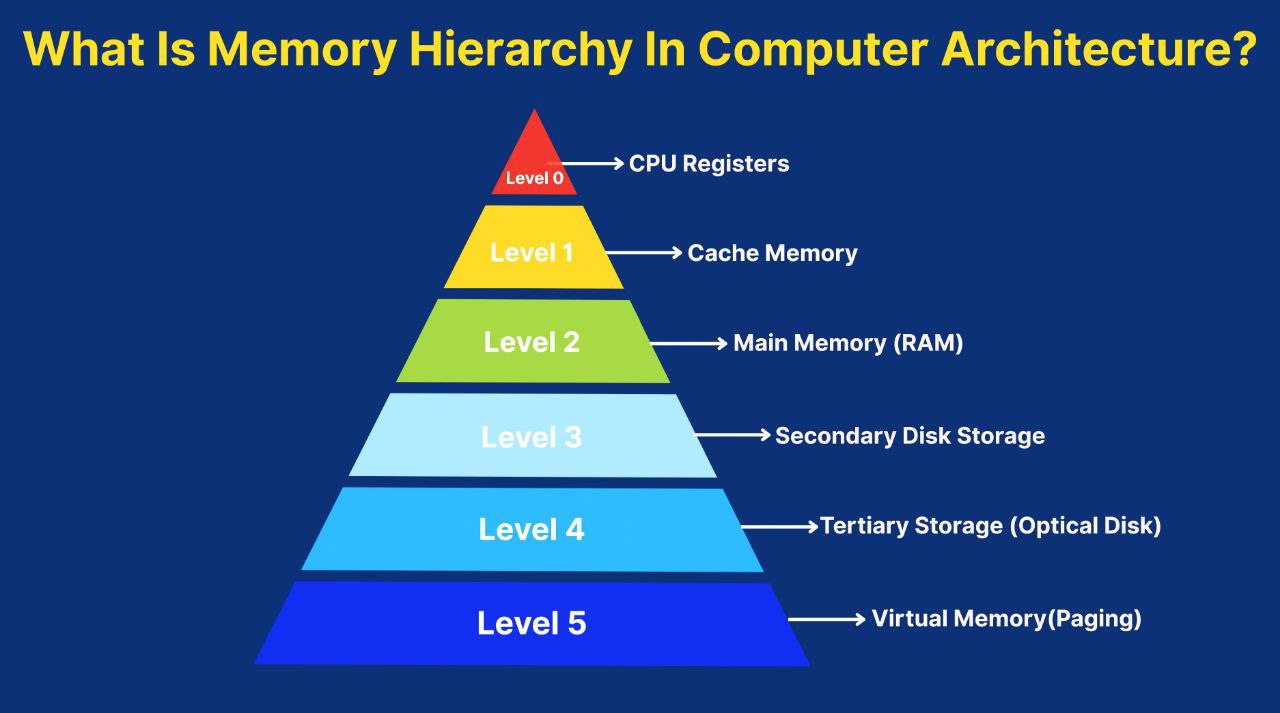

Leave a Reply